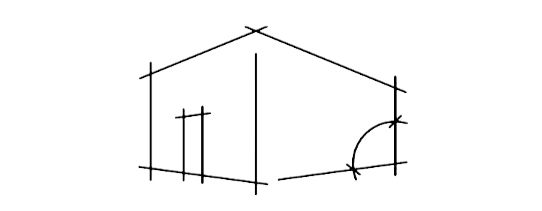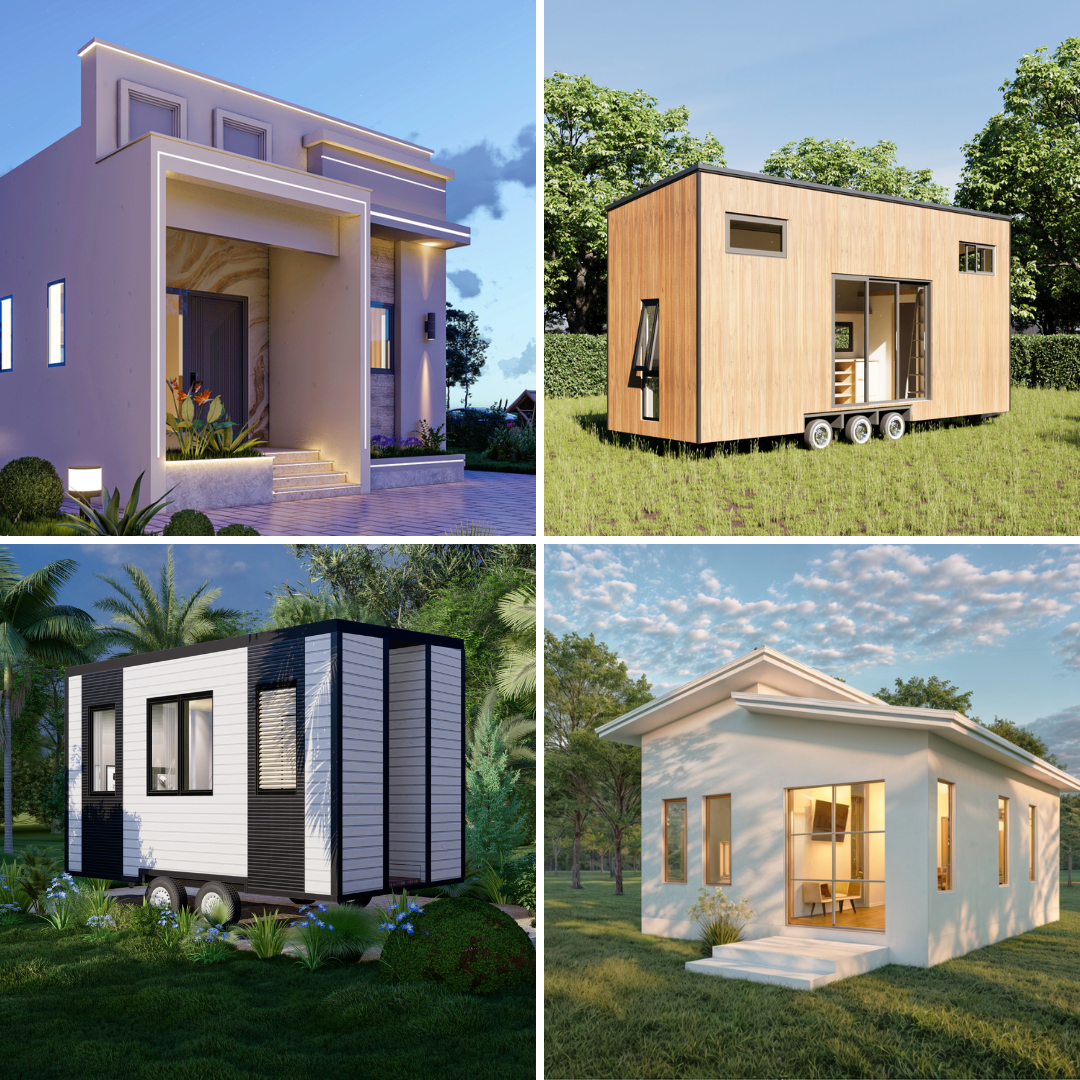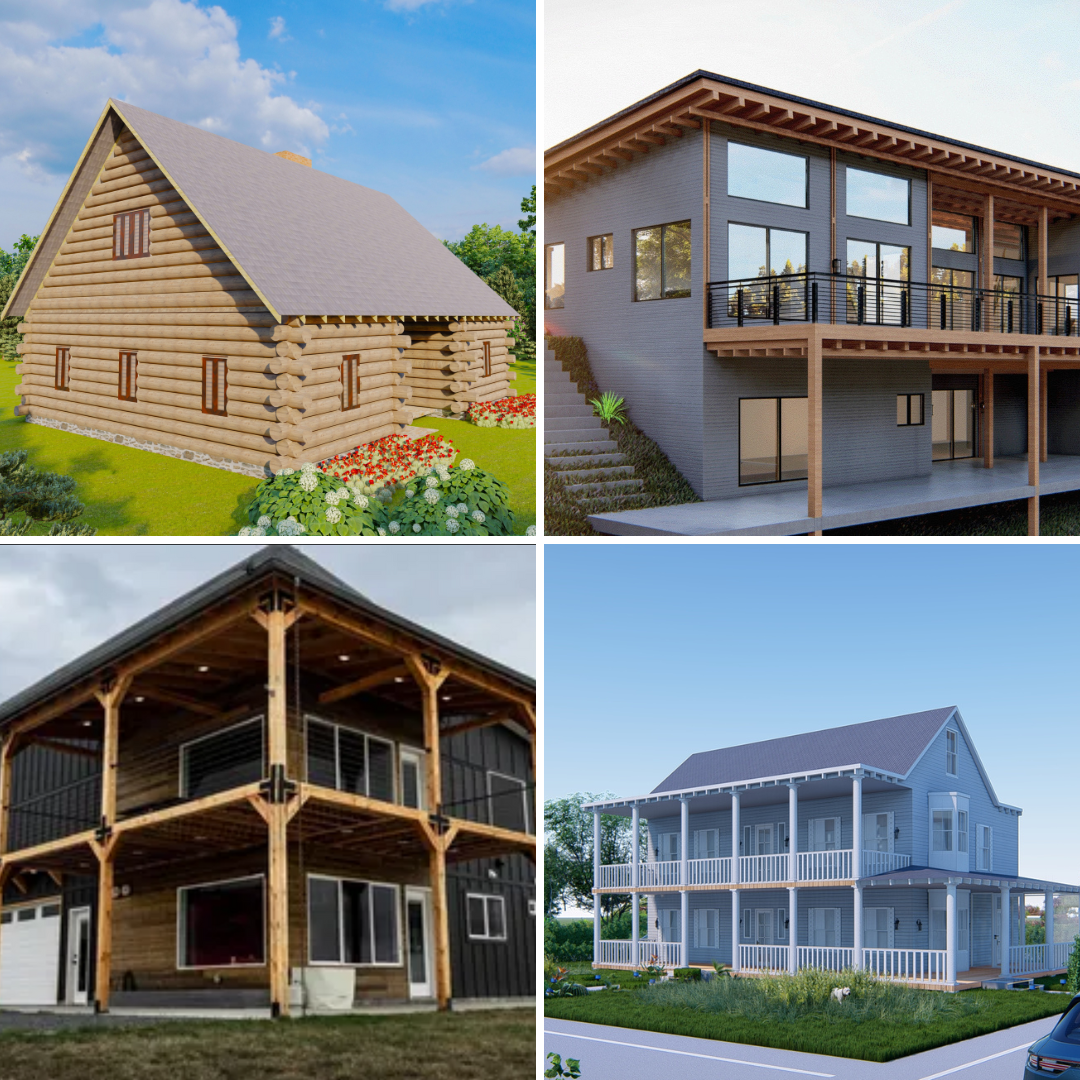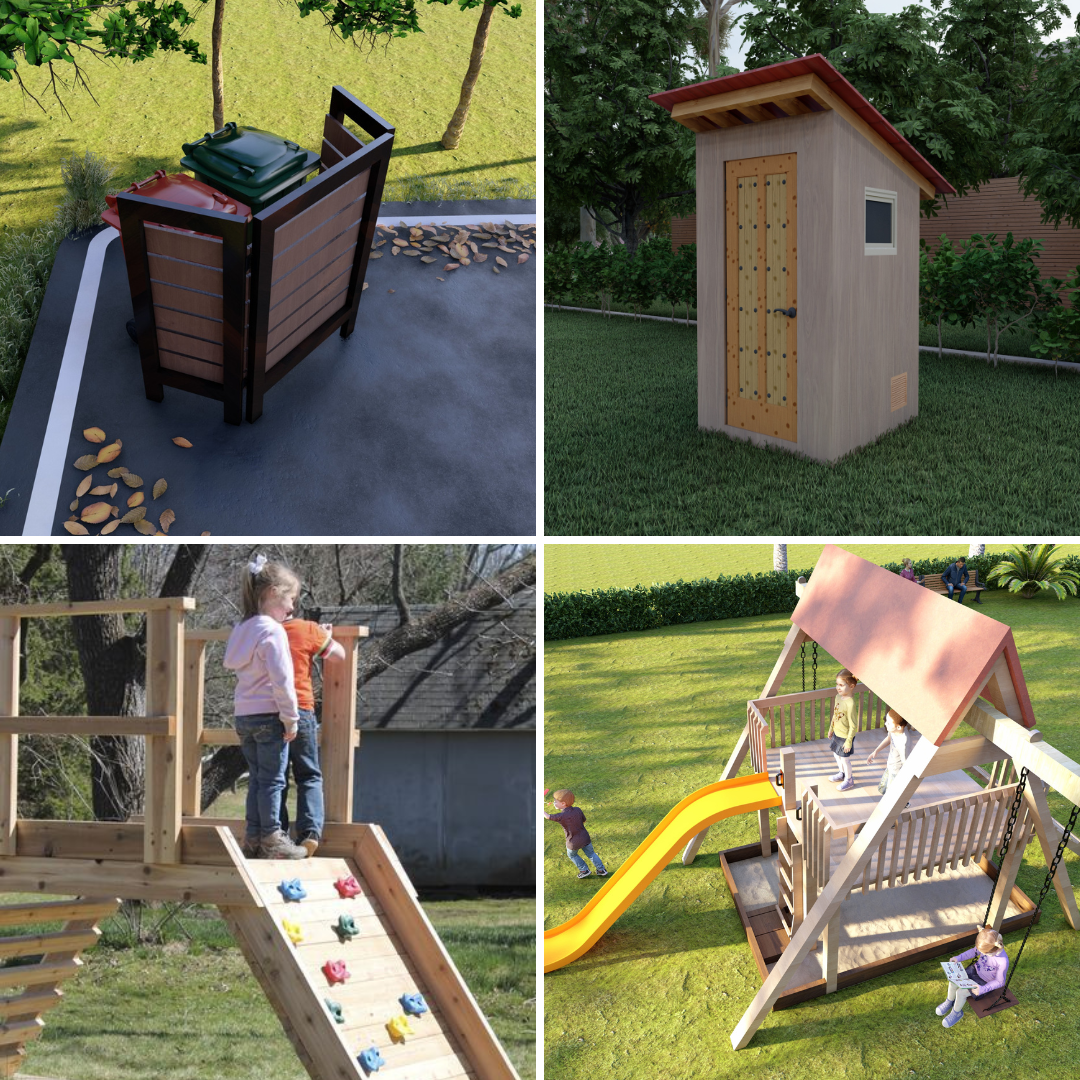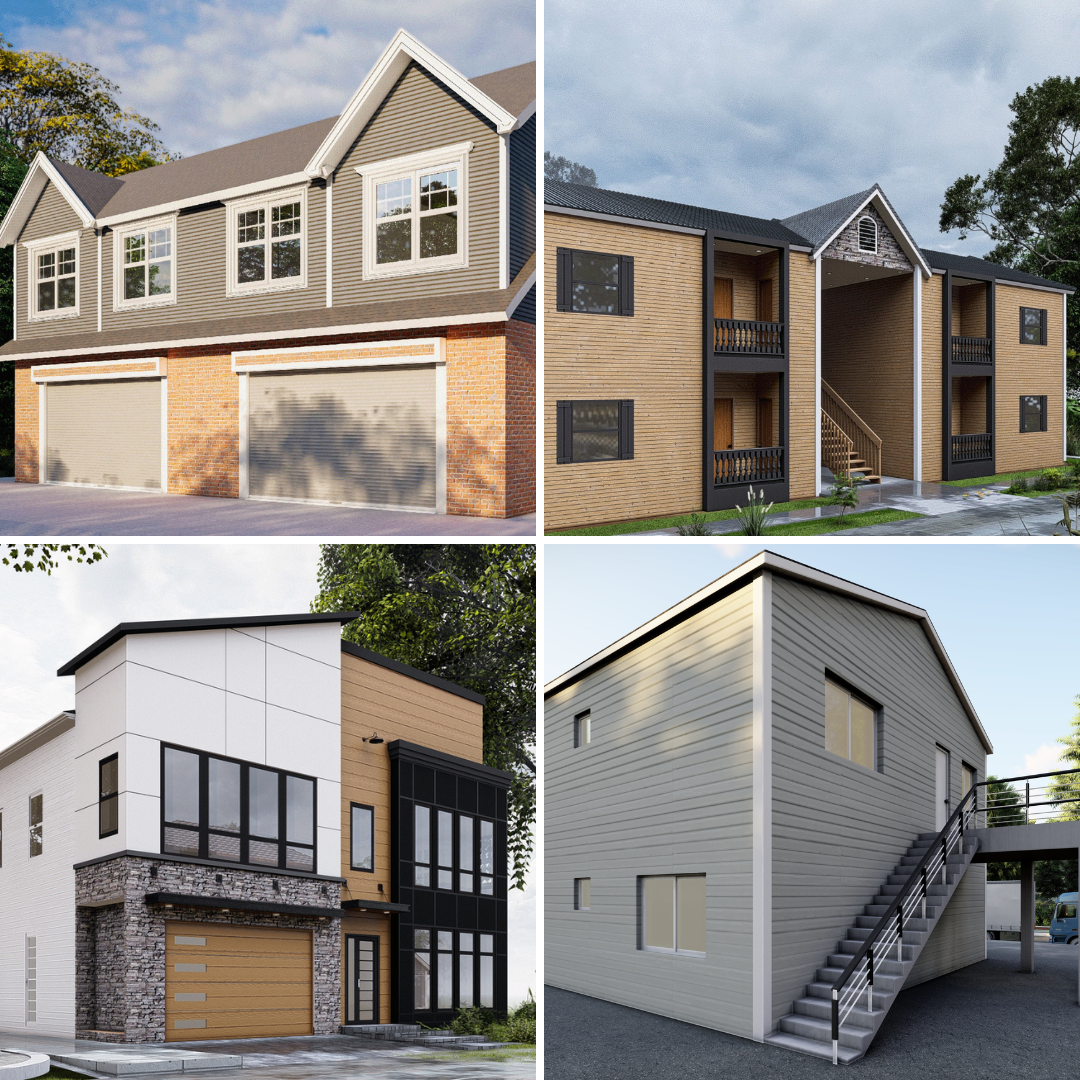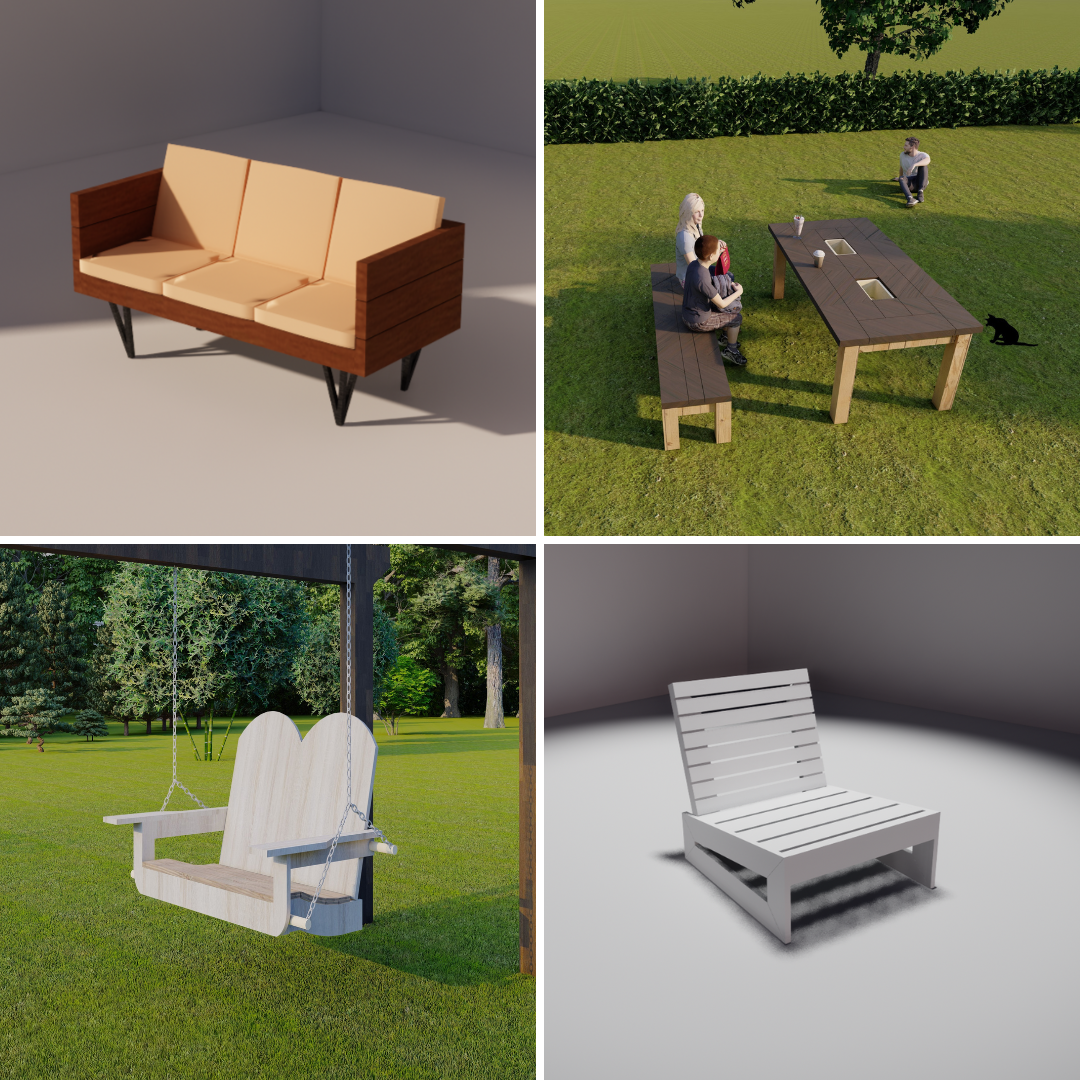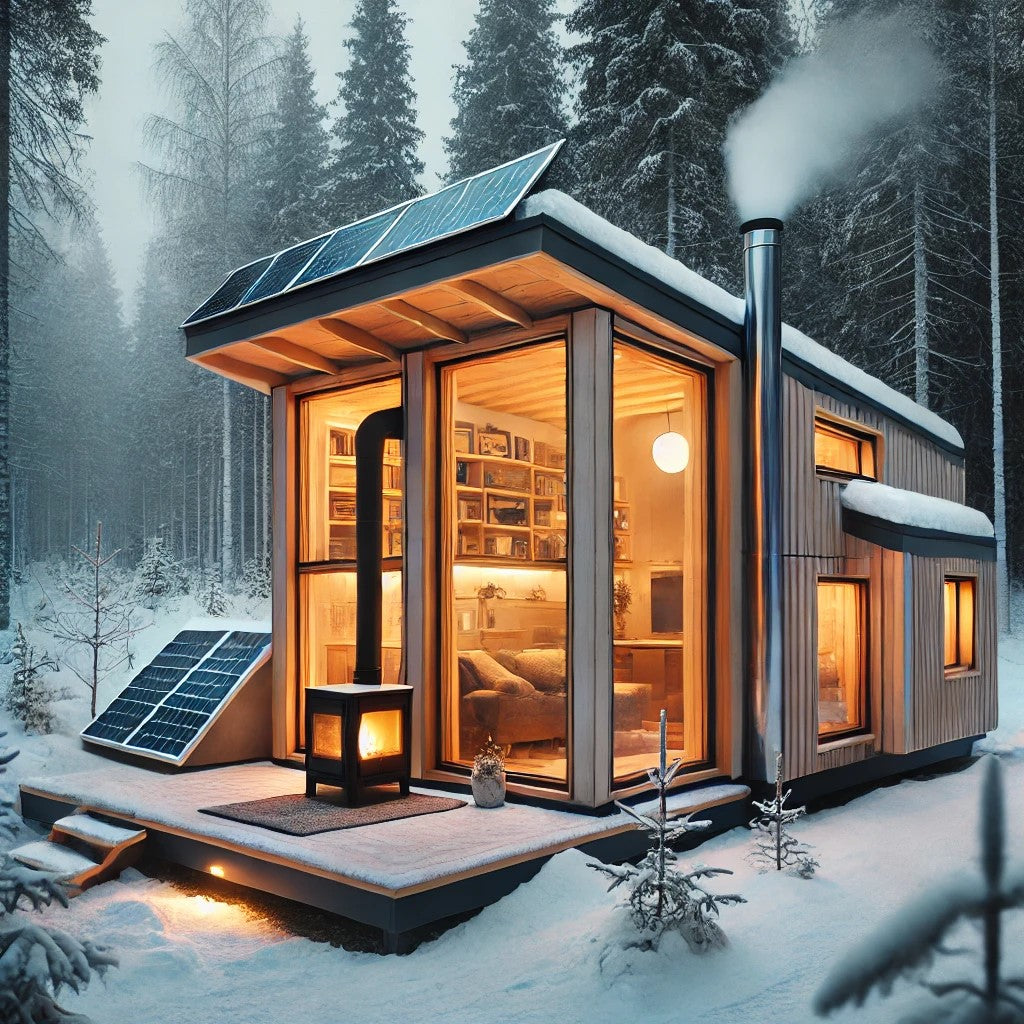
How to Design a Tiny Home for Cold Climates
Share
Designing a tiny home for cold climates presents unique challenges and exciting opportunities. While the tiny home movement often conjures images of cozy spaces in sunny locales, creating a warm, energy-efficient, and functional living space in colder regions requires careful planning and innovation. From ensuring proper insulation to managing heating systems, your choices will significantly impact your comfort and energy bills during the frosty months. Before diving into construction, it’s crucial to familiarize yourself with any local restrictions or requirements. For instance, reviewing resources like Zoning Laws and Regulations for Tiny Homes in the United States can help you understand what’s permitted in your area and ensure your project complies with local codes.
If you’re ready to take the plunge and build your dream tiny home in a colder region, you might want to explore Tips for building a tiny house in cold climates for practical advice and strategies to enhance your home’s energy efficiency. These guidelines offer a wealth of insights into creating a space that is both cozy and sustainable, no matter how cold it gets outside.
1. Prioritize Proper Insulation
Effective insulation is the cornerstone of a tiny home designed for cold climates. Without adequate insulation, your tiny home will struggle to retain heat, leading to discomfort and high energy costs. Fortunately, there are various materials and techniques available to ensure your space stays warm and inviting, even in sub-zero temperatures.
Insulation Materials
Selecting the right insulation material is essential for maximizing energy efficiency. Commonly used materials for tiny homes include:
- Spray Foam Insulation: Known for its superior thermal resistance, spray foam insulation seals gaps and cracks, preventing heat loss and drafts. While it is a more expensive option, its effectiveness makes it a worthwhile investment for colder climates.
- Rigid Foam Boards: These lightweight panels provide excellent insulation and can be installed in walls, roofs, and floors. They are easy to work with and ideal for tiny homes where every inch of space counts.
- Natural Fibers: Wool, cotton, and hemp are eco-friendly options that offer good insulation while being renewable and biodegradable. These materials are perfect for those seeking a sustainable approach to building.
Double-Glazed Windows
Windows can be a significant source of heat loss in any home, especially in cold climates. Installing double-glazed or triple-glazed windows helps retain warmth by reducing thermal transfer. Look for windows with a low U-factor (thermal conductivity) and high R-value (thermal resistance) to maximize energy efficiency.
Insulating the Floor
Heat escapes through the floor more than most people realize. Insulating your tiny home’s flooring with rigid foam or spray foam can prevent heat loss and create a comfortable surface underfoot. Additionally, consider installing heated flooring for extra warmth during winter months.
2. Invest in Efficient Heating Systems
A reliable heating system is crucial for any tiny home in a cold climate. Due to the limited space, heating solutions need to be both compact and energy-efficient. The following are some of the best options for maintaining a warm indoor environment:
Wood Stoves
Wood stoves are a popular choice for tiny homes in cold regions. They provide excellent heat output and create a cozy ambiance, making them both functional and aesthetically pleasing. Opt for a small, high-efficiency model designed specifically for compact spaces. Remember to install proper ventilation and a heat shield to ensure safety.
Mini Split Heat Pumps
Mini split systems are an excellent option for tiny homes because they combine heating and cooling in a single unit. These systems are energy-efficient, easy to install, and capable of maintaining a comfortable indoor temperature even in extremely cold weather. Look for units rated for low-temperature operation if you’re in an area with harsh winters.
Radiant Heating
Radiant floor heating is an increasingly popular solution for tiny homes. This system heats the floor directly, radiating warmth throughout the space. It’s efficient, quiet, and doesn’t take up additional space, making it ideal for small homes.
3. Design for Maximum Energy Efficiency
Beyond insulation and heating, designing your tiny home to maximize energy efficiency is key to thriving in cold climates. Strategic design choices can significantly reduce energy consumption while enhancing comfort.
Passive Solar Design
Harnessing the power of the sun is an excellent way to reduce heating costs. Orient your tiny home to maximize sunlight exposure, especially during the winter months. Large south-facing windows can capture solar energy, while thermal mass materials like concrete or stone floors help retain and radiate heat throughout the day.
Airtight Construction
Air leaks can quickly compromise the efficiency of your heating system. Seal all joints, gaps, and openings during construction to prevent drafts and heat loss. Using weatherstripping around doors and windows can further enhance airtightness.
Energy-Efficient Appliances
Opt for appliances with high energy efficiency ratings to minimize energy usage. Energy Star-certified appliances, LED lighting, and low-flow fixtures can all contribute to a more sustainable and cost-effective lifestyle.
Storage and Space Utilization
Living in a tiny home often means embracing a minimalist lifestyle, but this doesn’t mean sacrificing functionality. Incorporate clever storage solutions to keep your space organized and uncluttered. Multifunctional furniture, such as fold-out tables and beds with built-in storage, can help you make the most of your limited space.
Designing a tiny home for cold climates involves careful planning and attention to detail, but the rewards are well worth the effort. By prioritizing insulation, investing in efficient heating systems, and maximizing energy efficiency, you can create a cozy, sustainable, and cost-effective living space that stands up to even the harshest winters. Whether you’re building from scratch or retrofitting an existing tiny home, these strategies will ensure you stay warm and comfortable while embracing the simplicity of tiny living.
